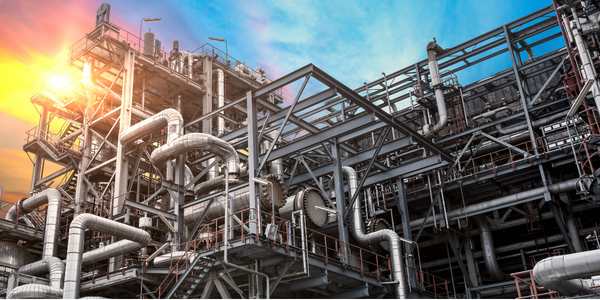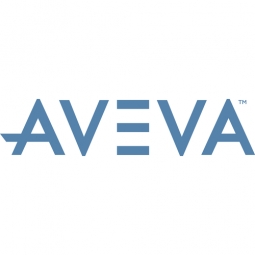Customer Company Size
Large Corporate
Region
- America
Country
- Brazil
Product
- AVEVA Instrumentation
Tech Stack
- Microsoft Tools
Implementation Scale
- Enterprise-wide Deployment
Impact Metrics
- Productivity Improvements
- Cost Savings
Technology Category
- Application Infrastructure & Middleware - API Integration & Management
Applicable Industries
- Oil & Gas
Applicable Functions
- Discrete Manufacturing
Use Cases
- Process Control & Optimization
Services
- System Integration
About The Customer
Promon Engenharia is a Brazilian engineering company with a project portfolio featuring high-profile projects such as the Itaipu hydroelectric plant, the Angra Nuclear Power Plant, and numerous oil & gas projects across Brazil. The company handles multiple small to mid-sized energy projects in partnerships with local Owner Operators and construction firms. This means there is a constant need to respond in different ways to varying customer requirements. Promon is responsible for ensuring that when it is called upon to interface with external systems, it can do so quickly and efficiently at every stage of every workflow.
The Challenge
Promon Engenharia, a Brazilian engineering company, was facing challenges with system integration and design efficiency. The company was involved in multiple small to mid-sized energy projects in partnerships with local Owner Operators and construction firms. This required them to respond to varying customer requirements and interface with external systems quickly and efficiently at every stage of every workflow. Failure to do so would slow project progress and erode Promon’s profitability and reputation. The company's existing systems did not integrate well with other parties’ technology, and designers could not be self-sufficient with the current technology.
The Solution
Promon adopted AVEVA’s solution for efficient, accurate and productive system design and installation – AVEVA Instrumentation. This solution enabled Promon's design capabilities to move into a new phase of excellence, allowing them to interoperate with any mandated partners across diverse projects. With AVEVA Instrumentation, the engineers could dedicate their talents to moving the project forward without having to call on the system administrator’s help around interoperability issues with other tools used at the same time. The solution provided effective datasheets for complex instrumentation requirements and options for interoperability with tools from Microsoft and other providers.
Operational Impact

Case Study missing?
Start adding your own!
Register with your work email and create a new case study profile for your business.
Related Case Studies.

Case Study
Taking Oil and Gas Exploration to the Next Level
DownUnder GeoSolutions (DUG) wanted to increase computing performance by 5 to 10 times to improve seismic processing. The solution must build on current architecture software investments without sacrificing existing software and scale computing without scaling IT infrastructure costs.

Case Study
Remote Wellhead Monitoring
Each wellhead was equipped with various sensors and meters that needed to be monitored and controlled from a central HMI, often miles away from the assets in the field. Redundant solar and wind generators were installed at each wellhead to support the electrical needs of the pumpstations, temperature meters, cameras, and cellular modules. In addition to asset management and remote control capabilities, data logging for remote surveillance and alarm notifications was a key demand from the customer. Terra Ferma’s solution needed to be power efficient, reliable, and capable of supporting high-bandwidth data-feeds. They needed a multi-link cellular connection to a central server that sustained reliable and redundant monitoring and control of flow meters, temperature sensors, power supply, and event-logging; including video and image files. This open-standard network needed to interface with the existing SCADA and proprietary network management software.

Case Study
Refinery Saves Over $700,000 with Smart Wireless
One of the largest petroleum refineries in the world is equipped to refine various types of crude oil and manufacture various grades of fuel from motor gasoline to Aviation Turbine Fuel. Due to wear and tear, eight hydrogen valves in each refinery were leaking, and each cost $1800 per ton of hydrogen vented. The plant also had leakage on nearly 30 flare control hydrocarbon valves. The refinery wanted a continuous, online monitoring system that could catch leaks early, minimize hydrogen and hydrocarbon production losses, and improve safety for maintenance.






